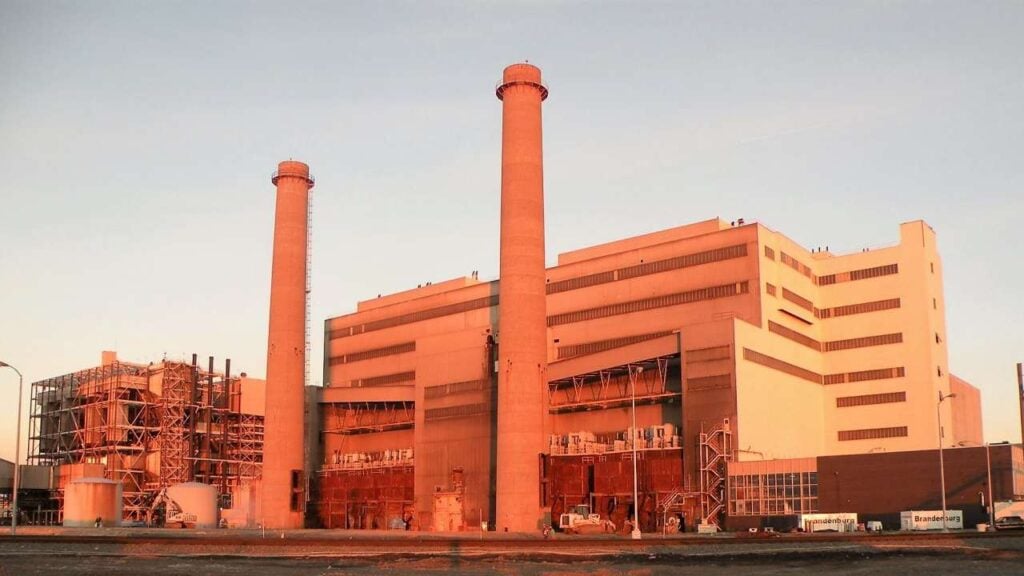Researchers at Massachusetts Institute of Technology have created an innovative fuel cell that might turn electric aviation from dream to reality. This sodium-air technology represents a significant leap forward that could overcome the weight limitations currently preventing electric flight.
“We expect people to think that this is a totally crazy idea,” says Professor Yet-Ming Chiang, who led the research team. “If they didn’t, I’d be a bit disappointed because if people don’t think something is totally crazy at first, it probably isn’t going to be that revolutionary.”

The key innovation isn’t a battery but a fuel cell that uses liquid sodium metal and regular air to generate electricity. Unlike batteries that need hours to recharge, this fuel cell can be quickly refueled by swapping sodium cartridges, similar to changing propane tanks for a grill.
Currently available batteries for electric vehicles reach their limit around 300 watt-hours for each kilogram of weight. The MIT fuel cell has demonstrated over 1,000 watt-hours per kilogram – the threshold experts consider necessary for regional electric flights. This level of energy density could potentially power the 80% of domestic flights that are regional routes, which produce 30% of aviation emissions.
Similar Posts
The system works through a surprisingly simple mechanism. Liquid sodium passes through a ceramic membrane and reacts with oxygen from the air to produce electricity. The researchers constructed two different prototype versions – the first using a setup with glass tubes arranged vertically and joined by ceramic material that conducts ions, while the second employed a flat design where sodium sits in a ceramic container.
Beyond its energy density, the fuel cell offers several unique benefits. The sodium metal fuel costs much less than lithium and comes from common salt, making it widely available worldwide. The design offers enhanced safety compared to conventional high-energy storage systems because reactive materials are present on just one side of the cell.
An unexpected environmental bonus comes from the fuel cell’s ability to remove carbon dioxide from surrounding air. When the byproduct sodium oxide is released, it combines with moisture and atmospheric CO2 to create sodium bicarbonate, commonly known as baking soda. This substance could potentially help counter ocean acidification if it eventually reaches seawater.
To bring this technology to market, members of the research group have established Propel Aero, a startup company operating within MIT’s incubator program called The Engine. Their immediate goal is building a brick-sized fuel cell within a year that can power large agricultural drones. While the current prototype is small, researchers believe scaling up for commercial use should be straightforward.
“There’s this natural cascade of reactions that happens when you start with sodium metal,” Chiang explains. “It’s all spontaneous. We don’t have to do anything to make it happen, we just have to fly the airplane.”
This scientific breakthrough was detailed in a paper published in the journal Joule on May 27, 2025, supported by grants from ARPA-E, Breakthrough Energy Ventures, and the National Science Foundation.



















